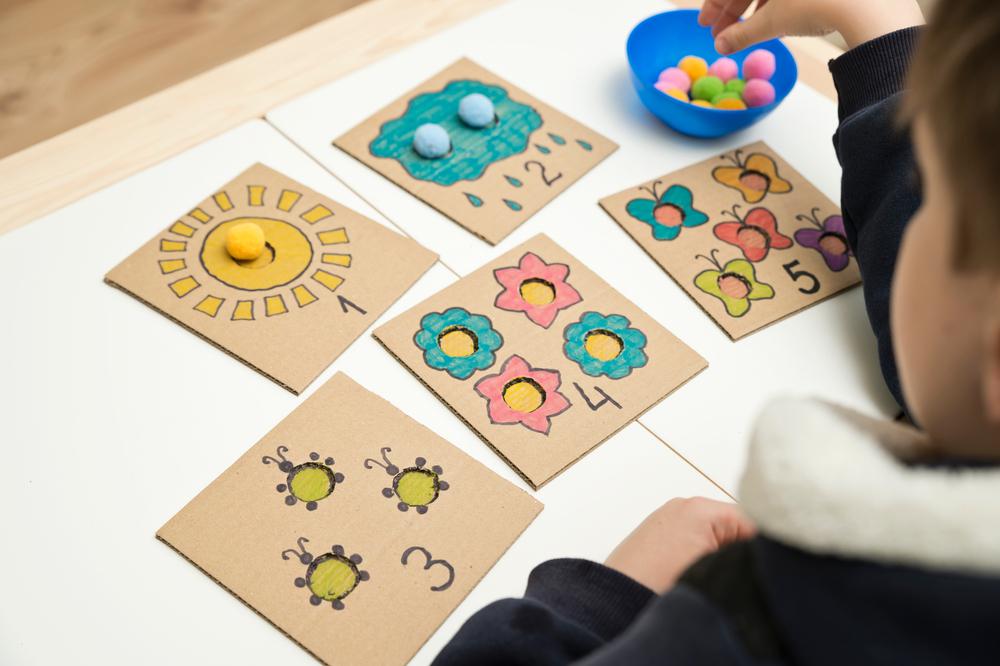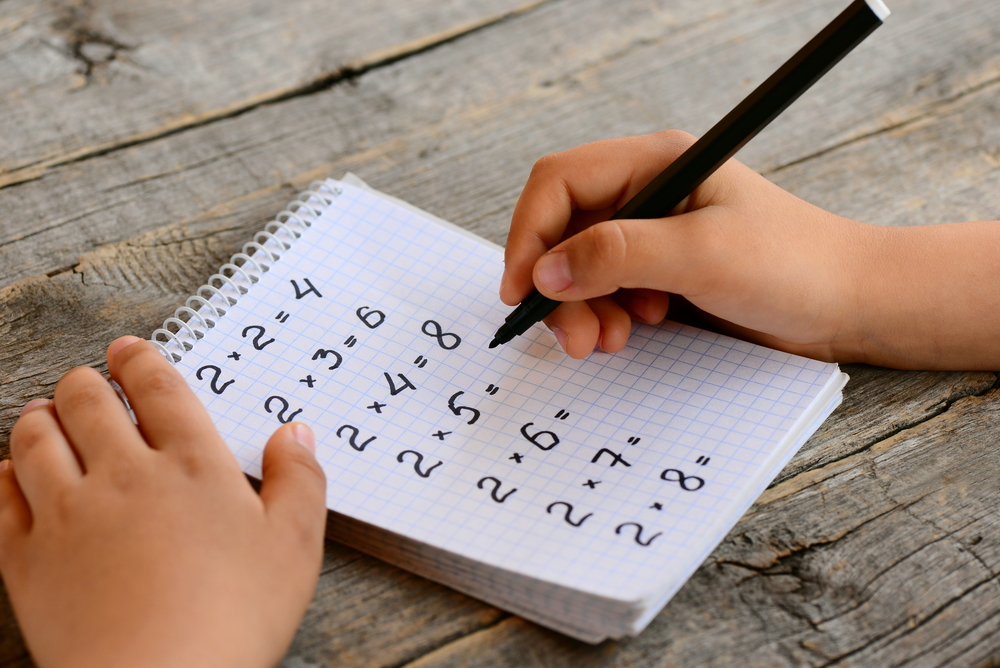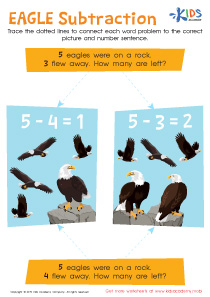Visual perception improvement Addition Worksheets for Ages 4-8
7 filtered results
-
From - To
Boost your child's visual perception skills with our engaging Addition Worksheets designed for ages 4-8! These worksheets are specifically crafted to enhance children's ability to identify, organize, and interpret visual information, making math learning fun and interactive. Through colorful illustrations and various exercises, kids will develop essential cognitive skills while practicing addition. Perfect for home learning or classroom use, our resources support young learners in building a strong foundation in math. Encourage your child’s confidence and competence in arithmetic with our visual perception improvement worksheets. Discover the joy of learning today and watch their math skills soar!
Visual perception is a crucial skill for children aged 4-8, influencing their learning and overall development. Improved visual perception helps kids understand and interpret visual information, which is essential for reading, writing, and mathematics. As they engage with letters, numbers, and shapes, strong visual perception allows them to quickly and accurately process these inputs, leading to better academic performance.
Furthermore, visual perception is linked to critical tasks like spatial awareness and hand-eye coordination, which are vital for various everyday activities, including sports and art. Parents and teachers should care about enhancing these skills because they lay the foundation for future learning scenarios, helping children develop confidence in their abilities.
By focusing on visual perception activities—such as puzzles, sorting games, and matching exercises—caregivers can foster these essential skills. This, in turn, promotes greater engagement and enthusiasm for schoolwork. Attention to visual perception doesn't just enhance cognitive skills; it also supports social development by improving children's ability to navigate their surroundings and interact with peers. Prioritizing visual perception improvement can significantly impact a child's eagerness to learn and succeed, making it a crucial focus for educators and parents alike.
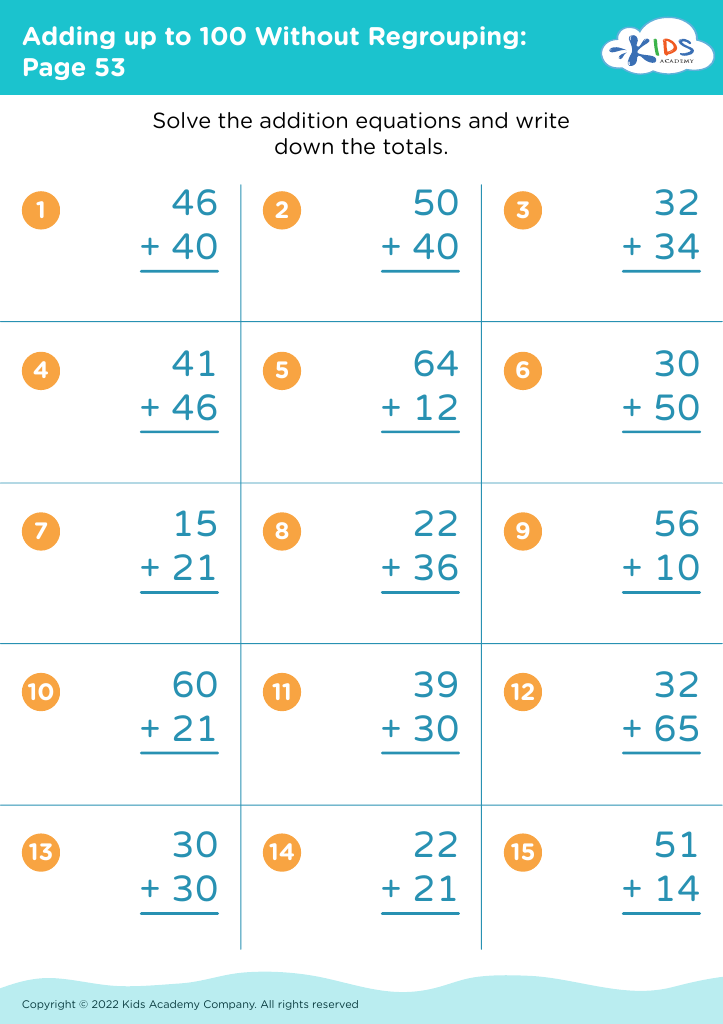
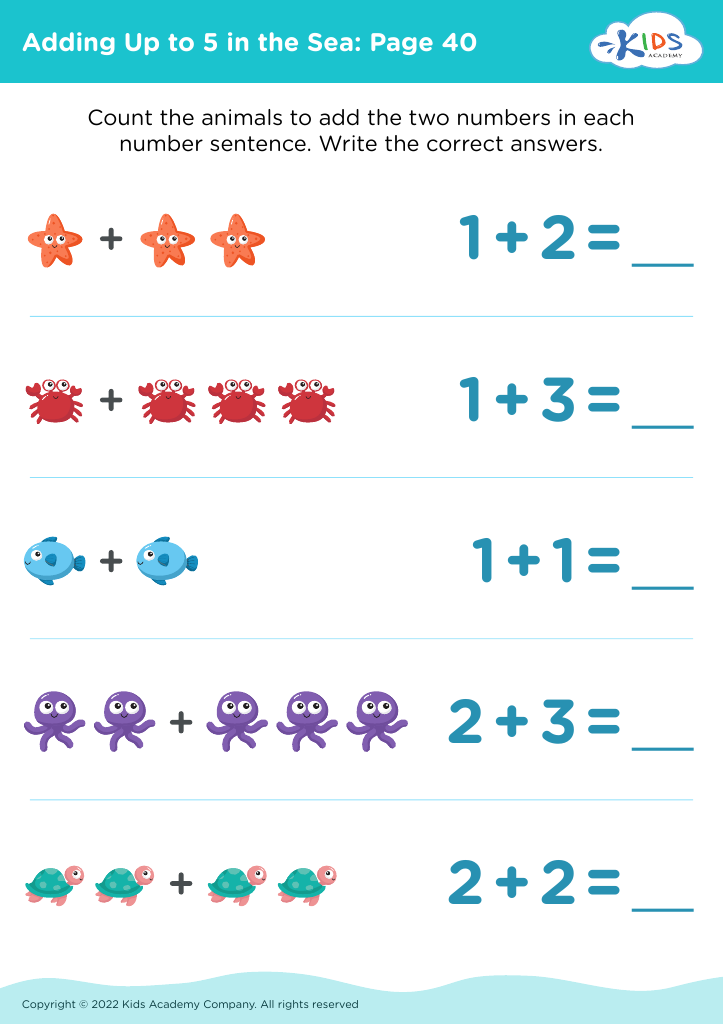
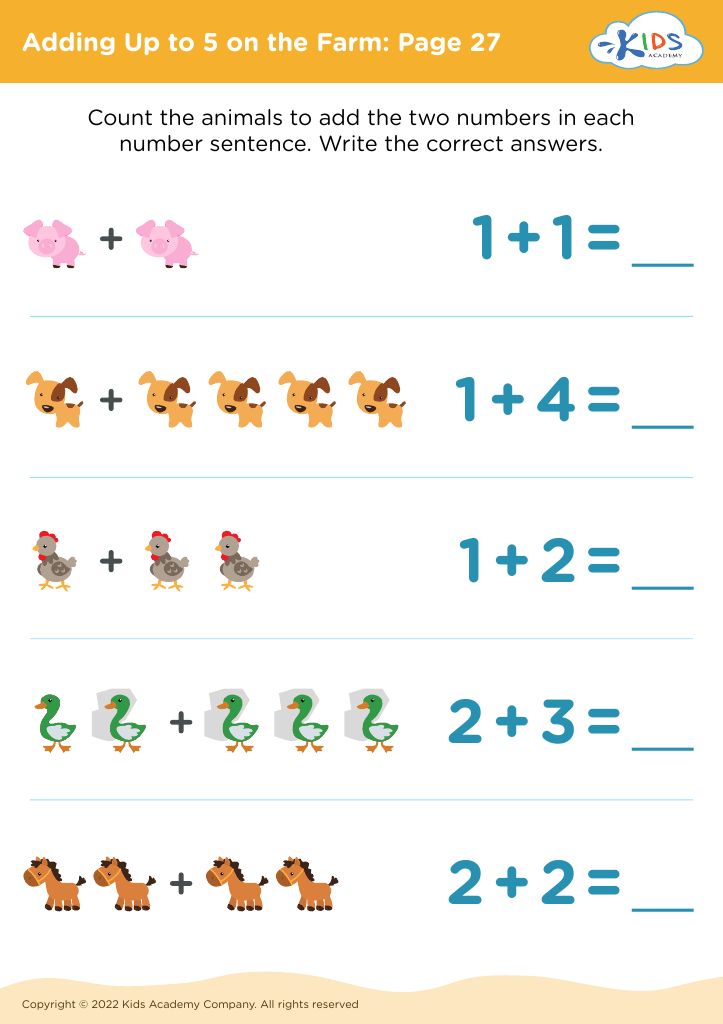
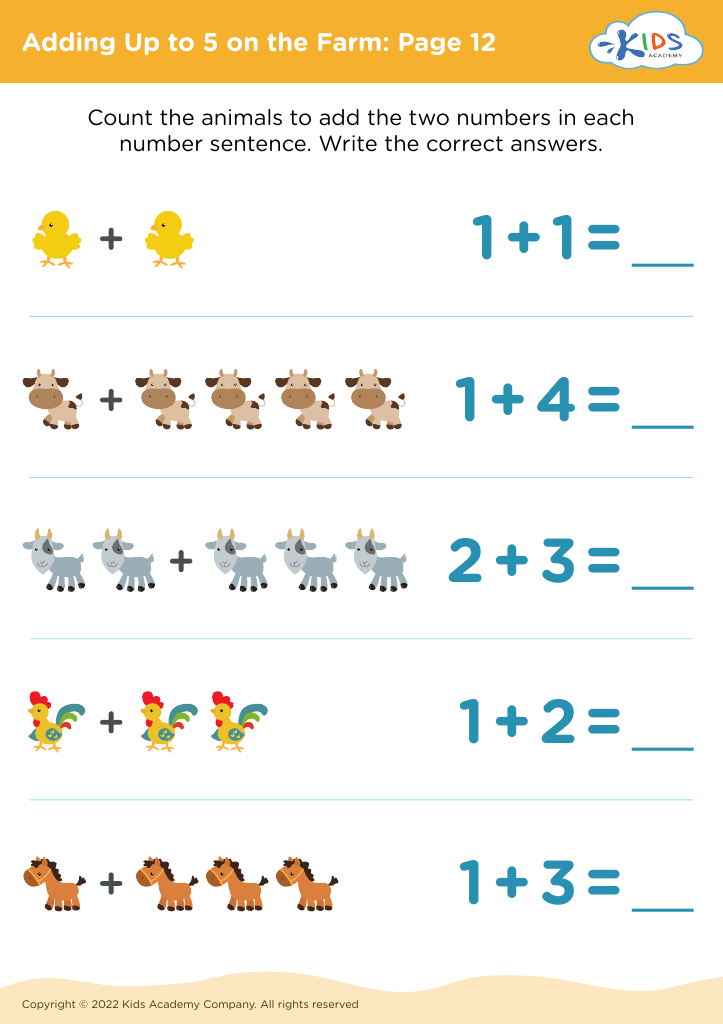
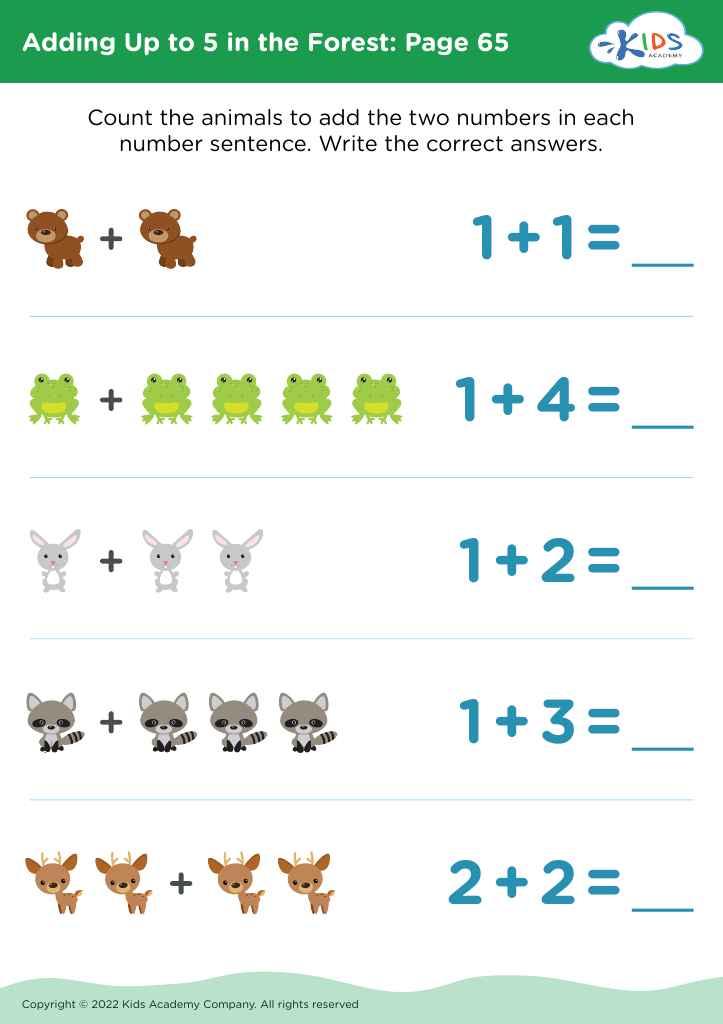
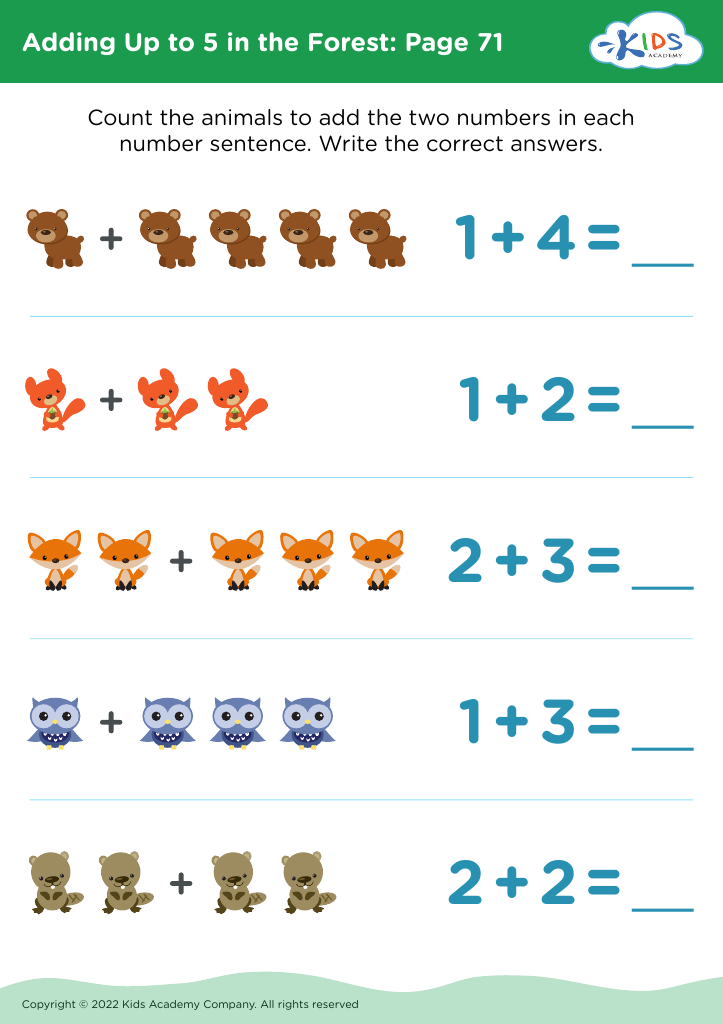
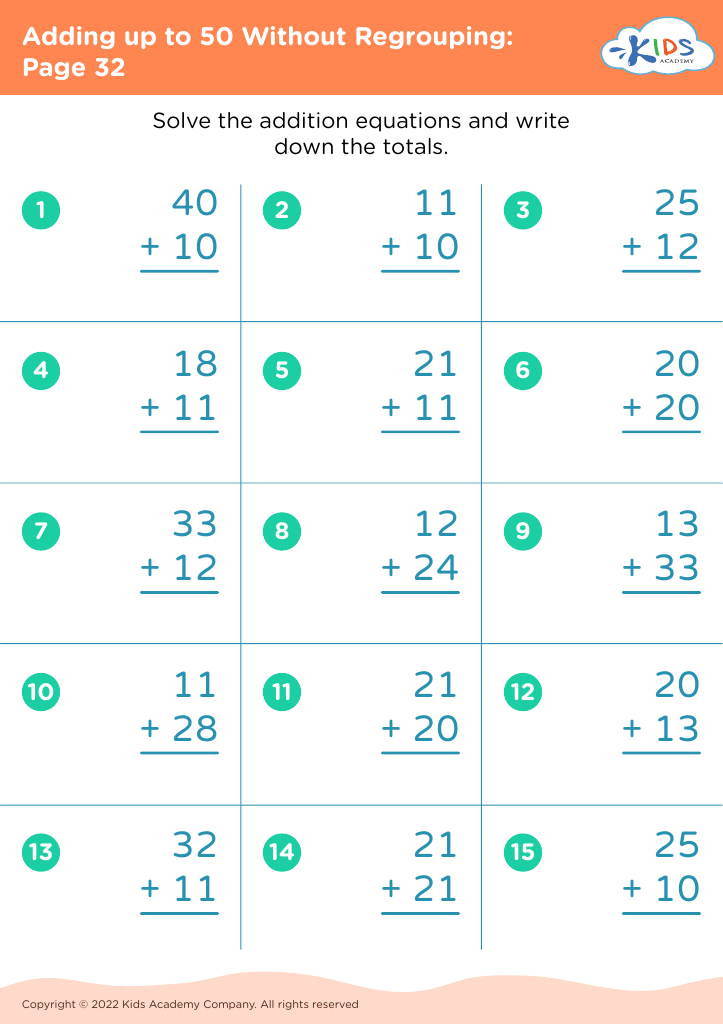


.jpg)

